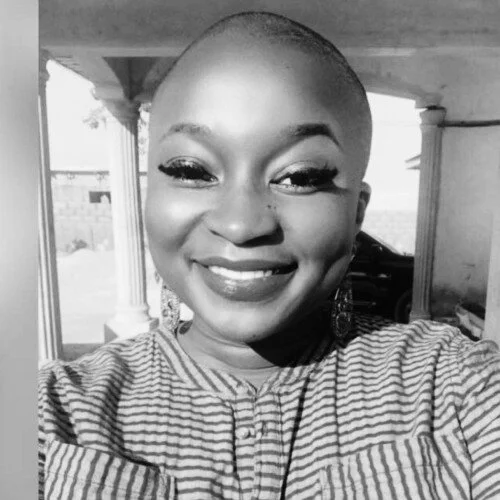First Impressions (Part 2)
/3. Handshaking: If your first culture does not usually shake hands, this is an area of special importance. Americans are taught to believe that a firm handshake is a sign of sincerity and good character. There are five levels of firmness in a handshake.
1. the dead fish: the hand is limp and unresponsive and feels like a piece of lifeless meat
2. weak handshake: the hand is somewhat engaged but feels soft and unsure
3. moderate handshake: the grip has medium resistance
4. firm handshake: the hand is strong and confident
5. the bone crusher: this handshake hurts you and makes you wish this person were from a bowing culture
Everyone needs to grip somewhere in the middle, avoiding levels 1 (wet noodle) and 5 (knuckle grinder). It is a good idea for men to grip between 3 and 4 on the handshake scale. For women, a firmness of about 3 is considered appropriate in business contexts. The old-fashioned handshake for American women was to shake at only the fingers or fingertips. In today's business world, both men and women are expected to shake hands with the hands fully engaged, with the web between the thumb and index finger touching the web of the other person. If the other person's handshake is weak or not fully engaged, it communicates reluctance or disinterest in the relationship. On the other side, the "bone crusher" handshake is viewed as too aggressive or perhaps just insensitive.
When meeting an American, engage in eye contact, smile, and pump the other person's hand 2-3 times (about one second), then let go. Occasionally, a person will hold on longer than this, which might be taken as a sign of extra friendliness; however, too long of a grip (say, over 2 seconds) can make an American feel uncomfortable. To show extra warmth or hospitality, Americans may put the palm of their left hand on the back of the person's right hand so that his/her hand is sandwiched between both of their hands. This double-handed grip may last 1-2 seconds. Be careful with elderly acquaintances; an extra firm handshake may injure their fragile hands. I recommend you ask your American friends to test your handshake for the appropriate level of contact and firmness.
*NOTE: Today, the formal way of addressing a woman is with the title "Ms." plus last name. The distinction of marital status between "Miss" and "Mrs." is seen by contemporary professional women as unnecessary and out-dated. However, if you know that a person prefers the more traditional Mrs. or Miss, then you should use that title in connection with her last name.
(For more information on handshaking etiquette, go here: http://bit.ly/JnzHJm.)




